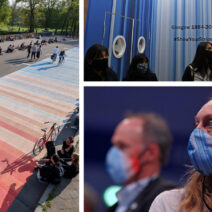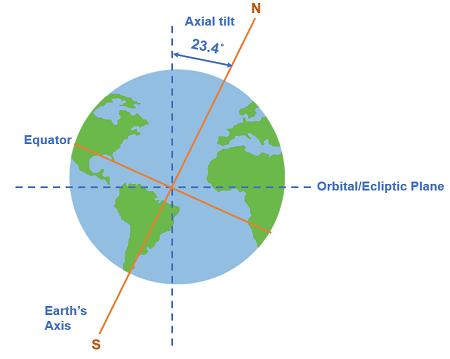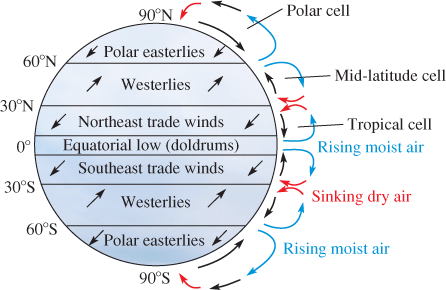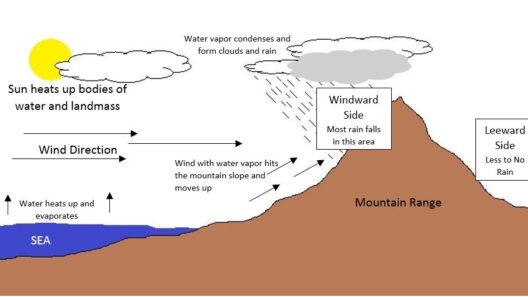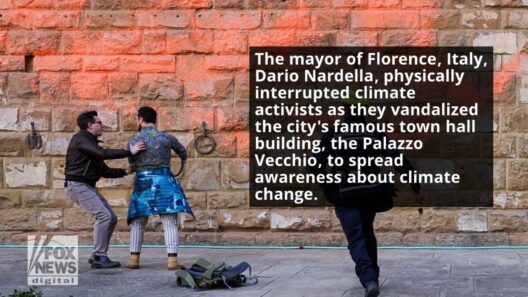Global warming and climate change are terms that are frequently used interchangeably in both scientific discourse and popular media, yet they represent distinct phenomena. Understanding the nuances between these two concepts is essential for grasping the complexities of our planet’s atmospheric transformations. With the potential to refine our approach to environmental challenges, recognizing these differences promises a shift in perspective and piques the curiosity of both scholars and laypersons alike.
At its core, global warming refers to the long-term rise in Earth’s average surface temperature due primarily to the accumulation of greenhouse gases in the atmosphere. These gases—such as carbon dioxide (CO2), methane (CH4), and nitrous oxide (N2O)—trap heat, leading to an enhanced greenhouse effect. Industrialization, deforestation, and the combustion of fossil fuels have significantly increased the concentration of these gases. According to the latest scientific assessments, the planet’s temperature has risen by about 1.1 degrees Celsius since the late 19th century, with alarming projections suggesting an escalation if current trends persist.
Contrastingly, climate change encompasses a broader spectrum of changes that transcend mere temperature increases. This term describes alterations in prevailing weather patterns over extended periods, implicating variations not only in temperature but also in precipitation, wind patterns, and extreme weather events. Consequently, while global warming is a fundamental driver of climate change, the latter can also arise from natural processes (such as volcanic eruptions and solar variations) and anthropogenic influences.
Everywhere we look, the effects of climate change manifest themselves in a variety of forms. From the devastating wildfires in Australia to the unprecedented hurricanes battering the Atlantic coast, the ramifications are profound and far-reaching. Melting glaciers and polar ice caps are contributing to rising sea levels, threatening coastal ecosystems and human populations alike. These shifts can disrupt food and water resources, resulting in challenges that will compel humanity to rethink agricultural practices and conservation strategies.
The distinction between global warming and climate change extends to their respective time scales. Global warming is often discussed in terms of decades, characterized by a steady increase in temperature. Climate change, on the other hand, considers phenomena that may occur over centuries and millennia, indicating more extensive and less predictable transformations to Earth’s ecosystem. This long-term perspective is crucial when contemplating potential adaptation strategies and mitigation efforts aimed at counteracting adverse effects.
Another critical area to consider is the societal impacts that both global warming and climate change create. The implications for human health are considerable. Heatwaves can exacerbate chronic health conditions, while changes in weather patterns can foster conditions conducive to the spread of infectious diseases. Additionally, climate change can lead to food scarcity, displacing communities and exacerbating poverty. Understanding these connections is paramount, as the repercussions of a warming planet extend beyond environmental platforms, deeply intertwining with socioeconomic fabrics.
Further complicating the narrative is the perception and reception of climate-related issues in public discourse. The terminology can lead to misunderstandings; many individuals may regard climate change as an abstract concept, disconnected from their daily lives. In contrast, global warming often feels more tangible—observable through increasingly warm days and extreme weather events. This paradox presents a unique opportunity for advocates and scientists alike to clarify these terms, mobilizing grassroots movements and policy initiatives aimed at addressing both issues more effectively.
As with any multifaceted problem, education plays a pivotal role in addressing and navigating the challenges posed by global warming and climate change. Initiatives aimed at promoting environmental literacy can empower communities, enabling individuals to make informed decisions about their consumption patterns, energy use, and waste management. By enhancing awareness around the distinct dynamics of these phenomena, people may engage more meaningfully with sustainability practices and advocate for systemic change that prioritizes ecological integrity.
Moreover, the intersection of technology and climate science offers promising avenues for mitigating the adverse effects of global warming and climate change. Innovations such as renewable energy, carbon capture and storage, and sustainable agriculture assert the importance of transitioning to a low-carbon economy. These strategies are not merely aspirational but critical components of creating resilient socioeconomic systems capable of adapting to evolving environmental realities.
In conclusion, while global warming and climate change are interconnected concepts deeply rooted in scientific understanding, appreciating their nuanced distinctions is crucial. This awareness fosters a more comprehensive grasp of the factors influencing our environment and informs the collective actions needed to foster sustainability. As society grapples with the pressing realities of climate-related transformations, recognizing and articulating the differences between these two phenomena can catalyze meaningful discourse, innovative solutions, and collective engagement in the quest for a more sustainable future.
